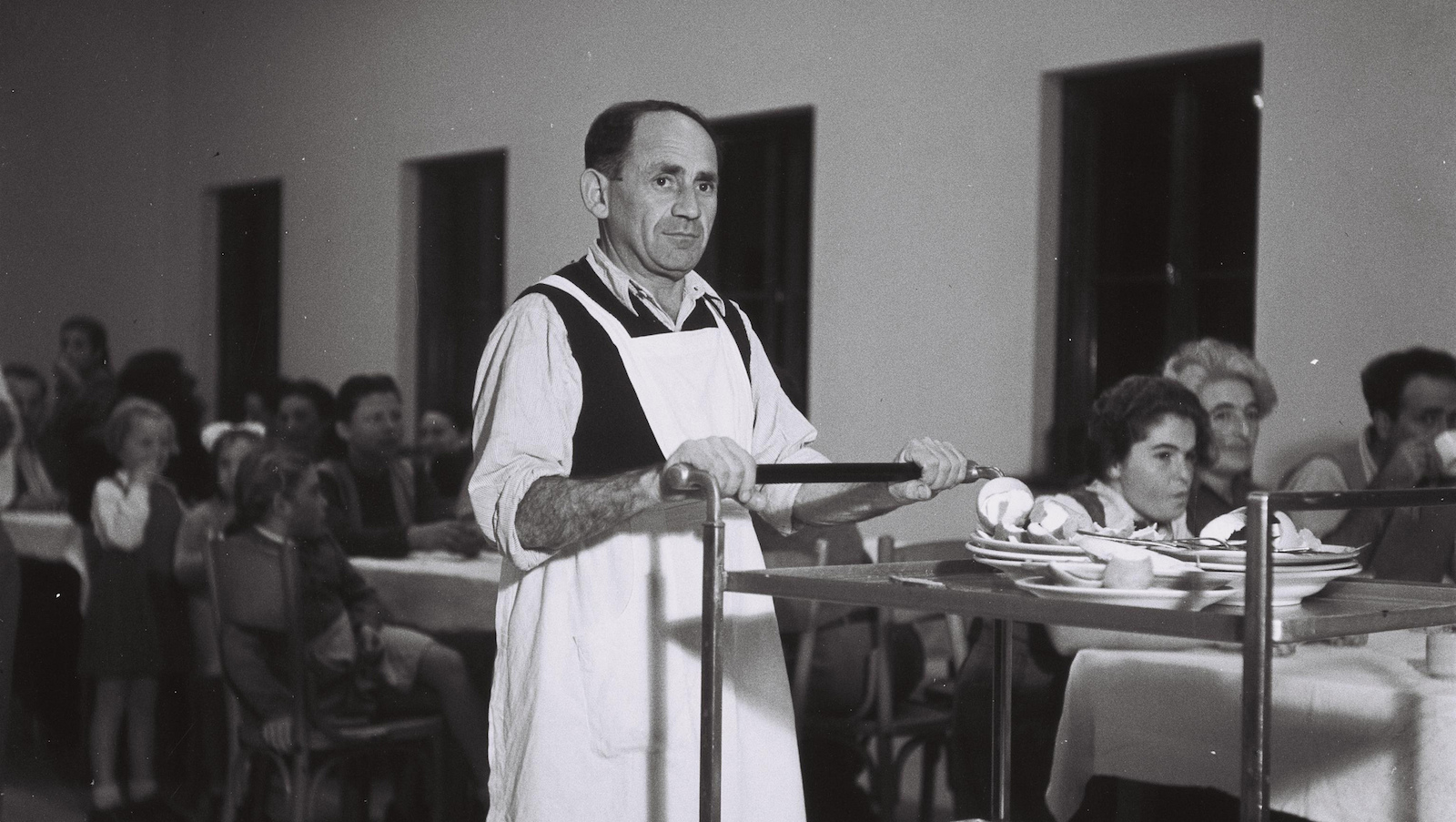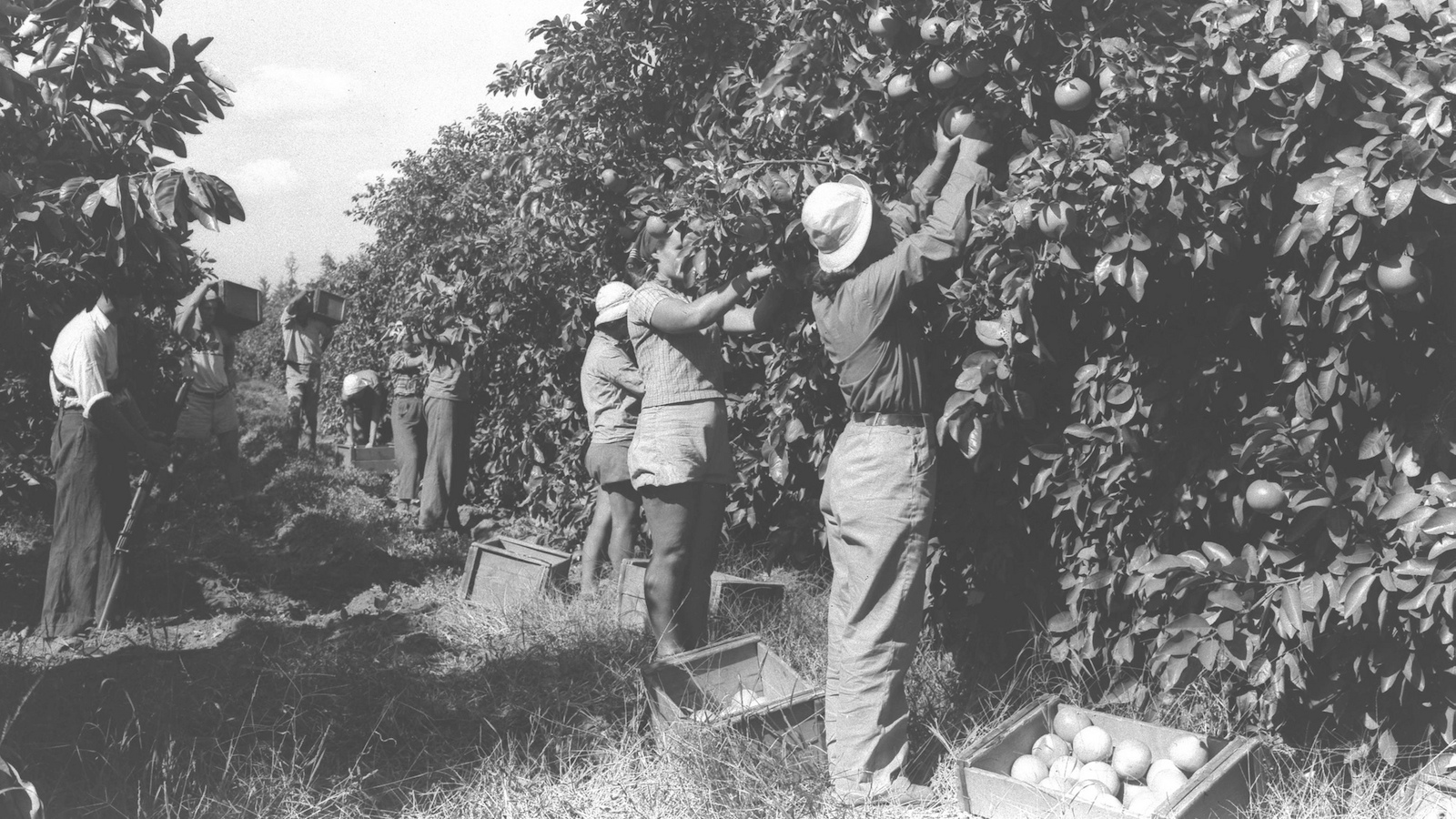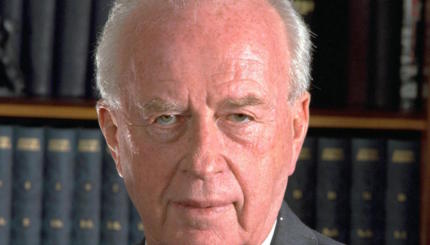The — a collectively owned and run community — holds a storied place in Israeli culture, and Jews (and non-Jews) from around the world, including 2016 Democratic presidential contender Bernie Sanders, have volunteered on them. Launched in 1909, with the founding of Degania, Israel’s first kibbutz, this unique movement has changed dramatically over its more-than-100-year history.
Degania, in northern Israel, was founded by a group of young Jewish immigrants from Eastern Europe. They dreamed of working the land and creating a new kind of community, and a new kind of Jew — stronger, more giving, and more rooted in the land.
The community they founded, and the hundreds more kibbutzim (plural of kibbutz) that popped up across the country, aimed to realize the Marxist principle, “from each according to his ability, to each according to his needs.” In the early years, kibbutz members worked mostly in agriculture. Instead of earning individual incomes for their labor, all money and assets on the kibbutz were managed collectively. In keeping with the ideal of total economic equality, kibbutz members ate together in a communal dining hall, wore the same kibbutz clothing (and had them washed at the kibbutz laundry), and shared responsibility for child-rearing, education, cultural programs, and other social services.
By 1950, two years after the establishment of the state, 67,000 Israelis lived on kibbutzim, making up 7.5 percent of the country’s population. At this time, kibbutzim played a key role not only in Israel’s agricultural development, but also in its defense and political leadership. Early kibbutzim were often placed strategically along the country’s borders and outlying areas in order to help in the defense of the country. Many of the country’s top politicians and leaders in military and industry, particularly in the 1950s and ’60s, came from the kibbutz movement.

Help us keep Jewish knowledge accessible to millions of people around the world.
Your donation to My Jewish Learning fuels endless journeys of Jewish discovery. With your help, My Jewish Learning can continue to provide nonstop opportunities for learning, connection and growth.
Economic Crisis & Abatement
The kibbutz movement continued to thrive both economically and socially through the 1960s and ’70s. In 1989, the population of Israel’s kibbutzim reached its peak at 129,000 people living on 270 kibbutzim, about 2 percent of Israel’s population.
But high inflation and interest rates led to economic crisis for many kibbutzim. In the 1980s and ’90s, many kibbutzim declared bankruptcy and thousands of kibbutz members defected. In keeping with an increasing trend of individualism in Israel and world-wide, these former kibbutz members sought new opportunities in Israeli cities, and some left Israel altogether.
The kibbutz movement needed to redefine itself in order to survive economically and attract new members. And so, at the start of the 21st century, 179 of Israel’s 270 kibbutzim privatized. Instead of doing away entirely with personal property, members of privatized kibbutzim pay the kibbutz a progressive rate of their income. This ensures that differences in earnings on a kibbutz are still much smaller than in Israeli society as a whole. Privatized kibbutzim use their communal coffers to take care of the elderly, sick, and those otherwise unable to earn high wages, and they also provide for health care, education, and culture for their members.
This arrangement has rescued the kibbutzim economically, bringing most out of a state of crisis, and made kibbutzim more attractive to new members. Today, thousands of Israelis are coming back to the kibbutzim, including children who grew up on kibbutz and later left to seek other opportunities. Many kibbutzim have long waiting lists for membership.
Life on a Kibbutz
Today, according to the Jewish Agency for Israel, Israel has about 250 kibbutzim with approximately 125,000 members — less than 2 percent percent of Israel’s total population.
Daily life for kibbutz members today is very different from what it once was. Originally, kibbutz members had very little discretionary spending and made almost no personal economic choices. For example, if a child on the kibbutz was a talented musician, the entire kibbutz would vote on whether to send her to a specialized music school. Today, kibbutz families have much larger budgets and can make many more economic decisions — including whether to make meals at home or eat in the dining hall, and whether to spend money on fancier clothes or exotic vacations.
The area of labor also underwent a revolution. One of the central values of the early kibbutzim was working the land. Starting in the 1920s and ’30s, the kibbutzim moved to a combination of agriculture and industry. The bulk of kibbutz industry is focused in processed foods (including the well known Tirat Zvi deli meat and Yavneh pickles), plastics, and metal.
Today, only 15 percent of kibbutz income is from agriculture, and most of the physical agricultural work is done by foreign workers — an idea which would have been anathema to the original kibbutznikim. A substantial amount of kibbutz income still comes from industry, but now kibbutzim are also running commercial services that are increasingly profitable. Kibbutz-run commercial tourism has been particularly successful, and many kibbutzim boast beautiful guest houses and hotels.
Family life on the kibbutz has changed significantly as well. The founders of the first kibbutzim saw the family unit as a remnant of the individualist bourgeois lifestyle they had left behind, and they considered doing away with it entirely. Although they quickly recognized that this extreme was not feasible, they did believe that the community could take over many of the child-rearing functions traditionally performed by parents.
In the early decades of the kibbutzim, babies and children grew up together with their peers in children’s homes, where they were cared for by professional caregivers. They visited with their parents daily. However, since the 1970s, children on kibbutzim live in their parents’ homes. Today, kibbutzim are making more allowances for parents who choose to spend more time with their young children and less time in the workforce.
The Future

Young Israelis are also building new kibbutzim following new models of communal living, most notably urban kibbutzim. Members of this kind of kibbutz, sometimes called an irbutz (ir means city), live communally in a developing urban area and work to strengthen their neighborhood population. Members mostly retain their own assets but often share meals, discussions, holiday celebrations, and a common cause of working to improve their surroundings. These kibbutzim are associated with Israel’s national kibbutz movement.
Although socialist communities also existed in the Unites States and Europe in the 19th and 20th centuries, Martin Buber asserted that the kibbutz was the most impressive of these experiments in communal living — “an experiment that did not fail.” Over 50 years after Buber made this statement, the verdict is still out on the success of the kibbutz movement.
The original Degania members may well have considered the current privatization of kibbutzim to be a failure. Yet for Buber, the success of the kibbutz movement lay in the fact that, unlike other socialist utopian communities, kibbutzim were tied to the concrete needs of their place and time. In Buber’s time, that was the need for the Jewish people to rebuild its social fabric following the destruction of the Holocaust. In our time, perhaps kibbutzim are an answer to the challenge of living communally in an era of globalization, individualism, and capitalism.
Note: Many kibbutzim accept temporary volunteers, and some run combined kibbutz ulpan programs, in which volunteers work part time and study Hebrew part time. Click here for more volunteer/ information. In addition, many kibbutzim operate guest houses or hotels and offer tours. Click here for more tourism information.



